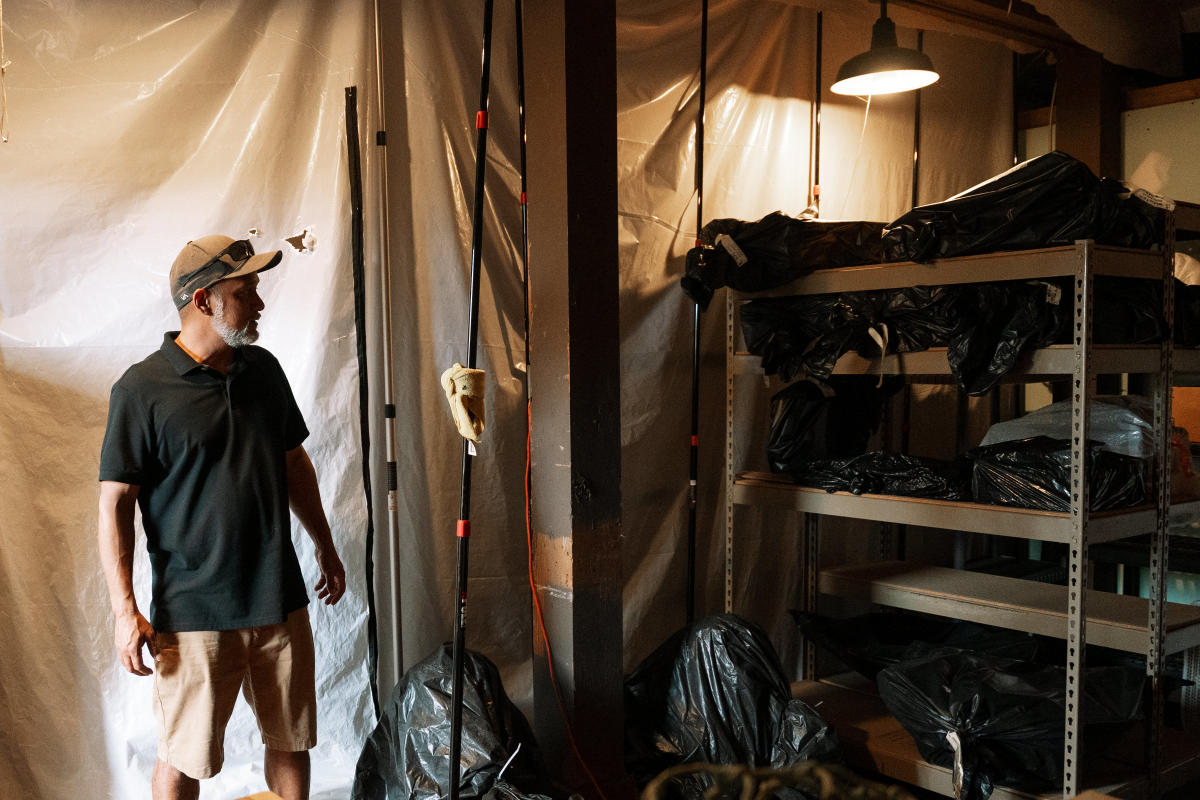Rebuilding Lahaina After Fire: A Symbol of Hope and a Call for Native Hawaiian History
LAHAINA, Hawaii — To the outside world, there has been no more vivid symbol of the storied history of Lahaina and its potential for rebirth than a 150-year-old banyan tree in the center of town. Two months after a devastating wildfire, the tree’s scarred branches are now sprouting new, green leaves, serving as a powerful metaphor for hope and resilience. The image of the tree adorns “Lahaina Strong” logos on T-shirts and coffee mugs. When President Joe Biden visited Maui after the fire, he also pointed to the tree as a symbol of hope.
However, the history of Lahaina and its most famous tree is complicated. It is intertwined with the painful loss of land and sovereignty for Native Hawaiians. Many Native Hawaiians view the banyan tree as a remnant of colonialism, planted by a son of missionaries who helped overthrow the Hawaiian kingdom. This event ultimately paved the way for annexation by the United States and, eventually, statehood.
Since the August 8 fire that swept across West Maui, authorities have not allowed people back into town to recover historical artifacts, leaving archaeologists worried that time is running out. Satellite images have revealed some of the wreckage, with pieces of Lahaina’s history waiting to be salvaged. Jade fu dog statues from China, ceramics, metal appliances from the plantation era, scrimshaw dominoes left by 19th-century sailors, and Native objects made from lava rock are among the items that could be recovered.
While it may take weeks before authorities allow experts to search for artifacts, the Smithsonian Institution has stepped in to provide supplies and support for the recovery efforts. The Lahaina Restoration Foundation, which manages historical sites in Lahaina, including the park with the banyan tree, is determined to rebuild and preserve the town’s history. They are working to ensure that Native Hawaiian history is at the forefront of a future Lahaina.
One of the most heartbreaking losses for Native Hawaiians was the destruction of the Na’ Aikane o Maui Cultural and Research Center, a place for seminars and a hub of Hawaiian history. As conversations about rebuilding Lahaina continue, there is hope that the fire can be a catalyst to elevate Native Hawaiian history that often felt overshadowed. Calls are being made to restore Moku’ula, a royal headquarters that was buried beneath a baseball field. There are also demands for a Berlin museum to return a statue of Hawaiian deity Kihawahine that was taken from Moku’ula.
As Lahaina rebuilds, it is essential to remember the past and respect its significance. The banyan tree, while cherished, is not a part of Lahaina’s original history. The fire may have destroyed physical artifacts, but the memories and the sense of community remain. It is through honoring the beginning, like Moku’ula, that Lahaina can move forward and rebuild with Native Hawaiian history at its core.
Sources: The New York Times


